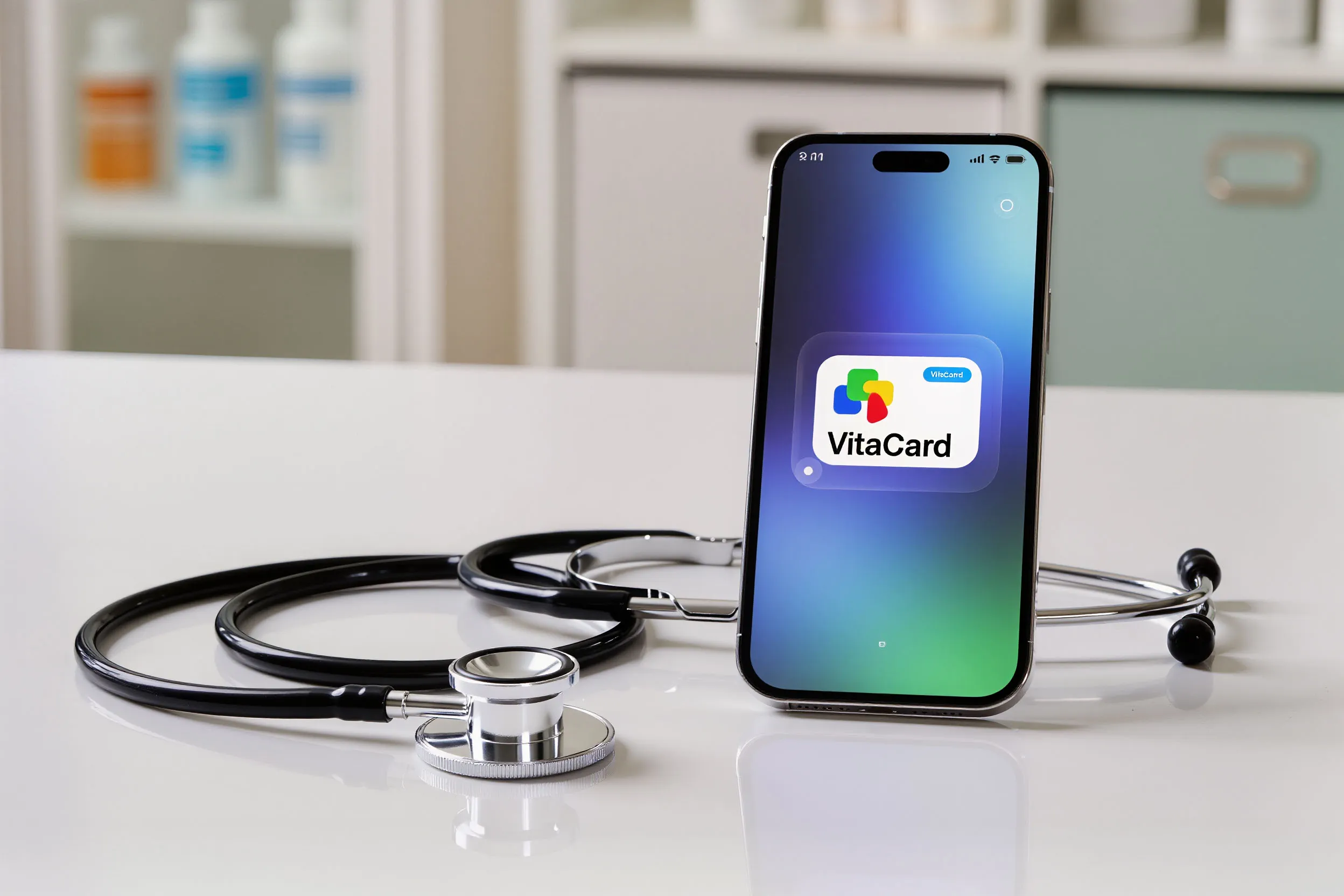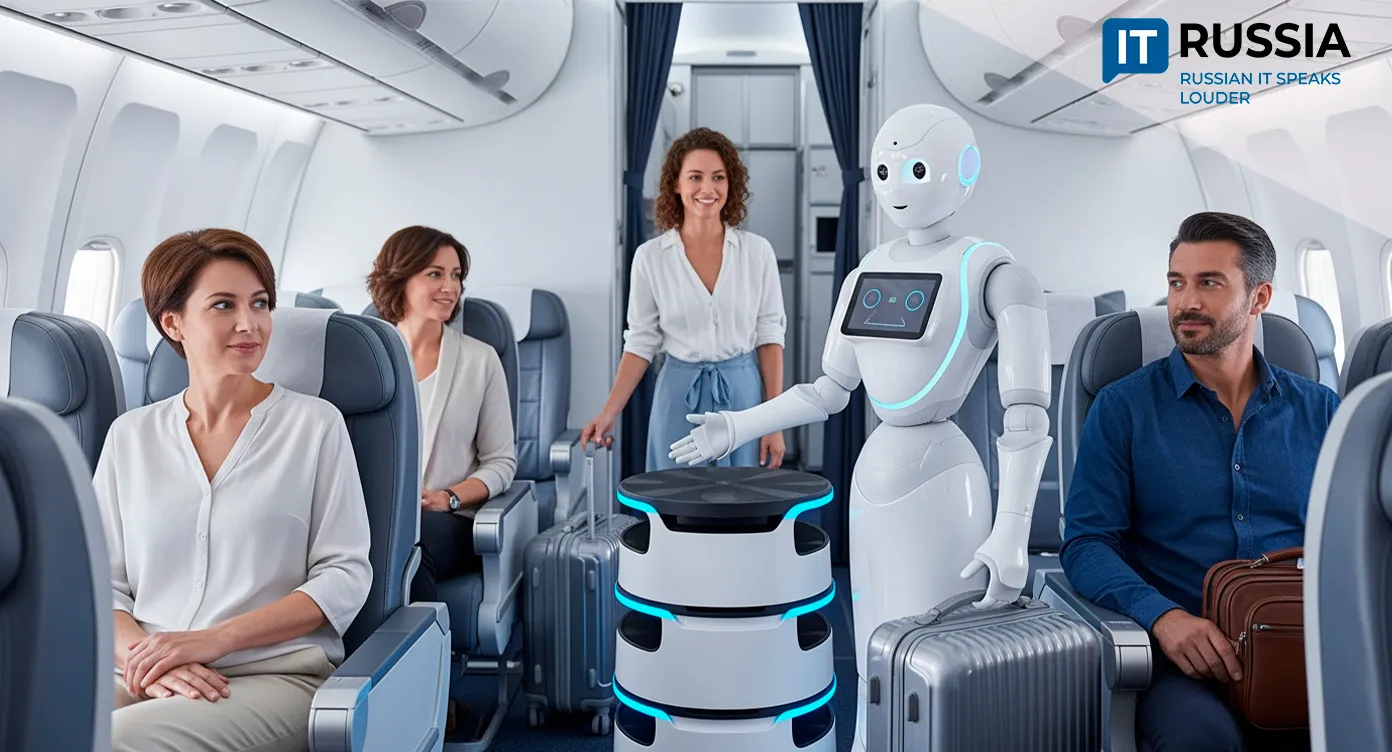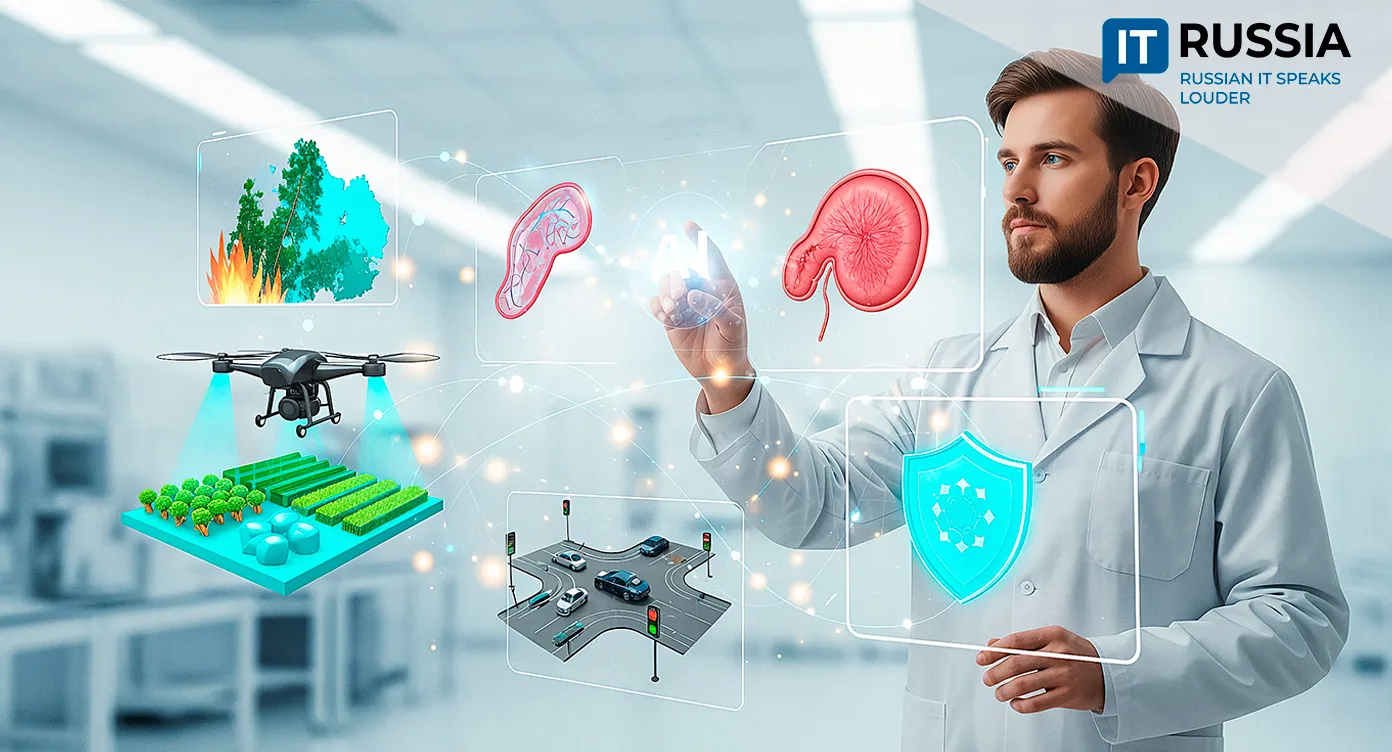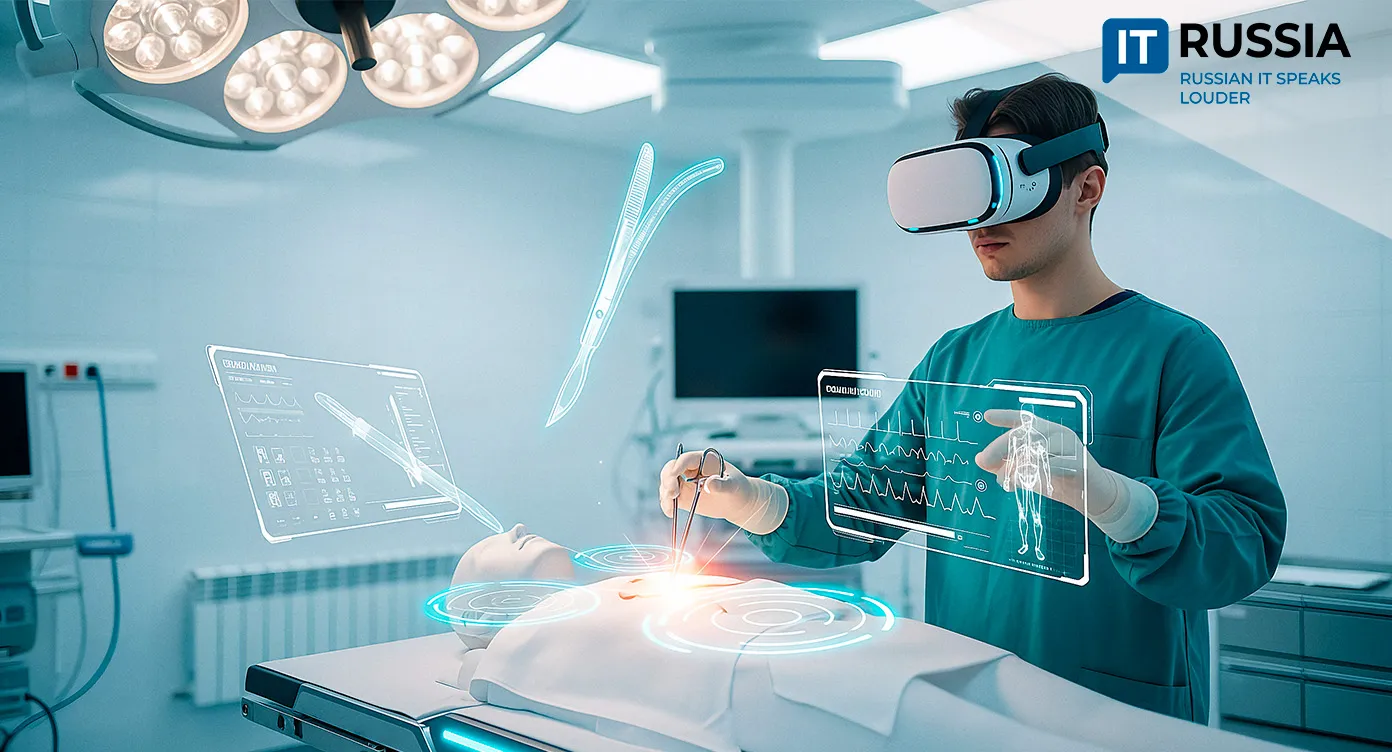Understands You Instantly: Russia Launches a 24/7 Robot for Medical Appointments
A new voice-based medical appointment system operating around the clock in the Kostroma region is reshaping patient access and showcasing how Russian IT solutions are transforming everyday healthcare interactions.

A Robot on the Line
In the Kostroma region, residents no longer need to match their schedules to call-center hours to book a medical appointment. By dialing the unified number 122 and pressing a single button, they can speak with a voice assistant at any hour of the day. While this might seem like a minor local upgrade, it reflects a broader shift: digital tools in Russia are moving beyond experiments and becoming practical services that improve daily life.
The foundation of the system is accessibility. It operates 24/7, a crucial feature for residents with nonstandard work hours and for urgent but non–life-threatening situations. It removes time barriers, making a basic healthcare service truly available to all.

The system is built to understand the user’s natural language. There is no need to remember official clinic names or specialty codes. Patients can simply explain the situation “in their own words.” Using natural language processing (NLP), the robot asks clarifying questions, lowering the barrier for less tech-savvy users—especially older adults.
Smart Resource Management
The system intelligently segments incoming calls. Routine requests are handled automatically, allowing human operators to focus on complex or atypical cases. This is not about replacing people; it is about enhancing their capacity, optimizing workloads, and reducing administrative costs.
The project’s success highlights the maturity of Russia’s IT ecosystem. Such integration would not be possible without a unified regional health information system that consolidates physician schedules across all clinics.
Russian digital-services architecture increasingly accounts for diverse user needs. There is integration with the national digital-services portal for advanced users, self-service kiosks for those already at a clinic, and voice assistants for those who prefer speaking over tapping on a screen. This layered approach reflects a deep understanding of social context.

A Pragmatic Approach to AI
The Kostroma initiative is part of a nationwide trend. Similar systems tied to number 122 are being piloted or fully deployed in other regions. This creates a powerful synergy: successful design patterns spread, and mistakes corrected in one region are not repeated elsewhere. Together, they form a growing library of best practices for digital healthcare.
In the medium term, these services can evolve into smart reminders—sending SMS messages or automated callback notifications. They can also support preliminary analytics: if the system detects a surge in requests for respiratory symptoms in a particular district, it could alert epidemiologists. Additionally, they can integrate with telemedicine, routing patients to in‑person or remote consultations based on need.

AI as an Export Product
From an international perspective, these solutions are highly competitive. What is being exported is not just software—it is a full-scale platform developed to operate within a distributed healthcare network shaped by strong government oversight. For many countries with similar systems, such proven regional cases may be more relevant than offerings from global tech giants.
The Kostroma project demonstrates that Russia’s IT sector has accumulated enough expertise to create not just technologies, but reliable, user-centered services that make daily life easier and more comfortable.










































